- Why are bees under threat of extinction?
- 1. Go Organic
- 2. Build a bee hotel
- 3. Plant for pollinators
- 4. Build a beehive
- 5. Support your local beekeeper
- 6. Sponsor a beehive
- 7. Support rewilding projects
- Fast, Furry and (not so) Furious Bee Facts
- Want to learn more about bees & beekeeping?
- World Bee Day 20 May 2021
A single bee colony can pollinate 300 million flowers each day. Grains are primarily pollinated by the wind, but fruits, nuts, and vegetables are pollinated by bees. Seventy out of the top 100 crops that humans consume, which supplies up to 90% of the world’s nutrition, are pollinated by bees! No bees, no food, it’s that simple. We need to save the bees from bee extinction!
Why are bees under threat of extinction?
Bee communities, both wild and managed, have been declining over the last half-century. Scientists have found that bees are dying from a variety of factors; pesticides, drought, habitat destruction, nutrition deficit, air pollution, and climate change.
Though many of these causes are interrelated, the bottom line is that humans are largely responsible for the two most prominent causes: pesticides and habitat loss.
Let's look at seven ways we can help reverse the bee's recent demise and prevent a bee extinction.
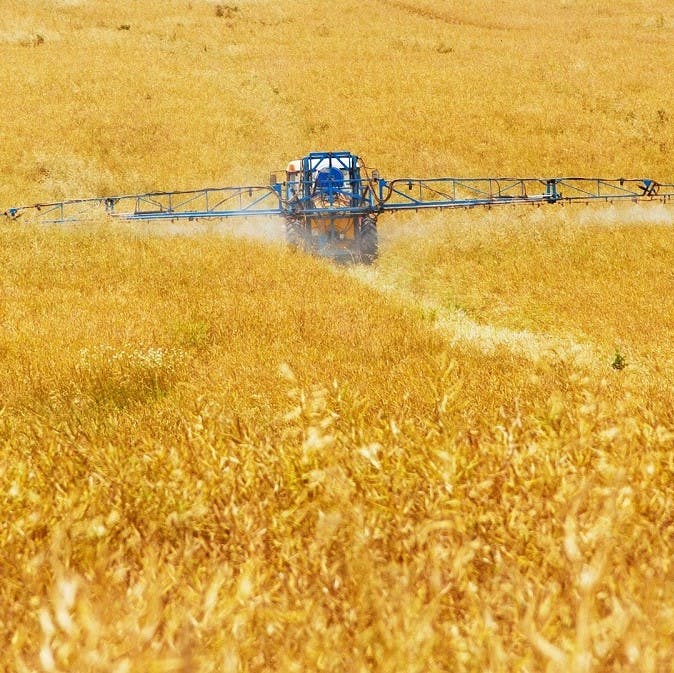
1. Go Organic
Honeybees feed on the flowers from nearby crops and ornamental plants, and it is vital that these are not coated in pesticides that could weaken the hive. Organic farming is the overarching new policy trend that will stabilize human food production, preserve wild habitats, and protect the bees. The nation of Bhutan has led the world in adopting a 100% organic farming policy, while eight European countries have followed suit and banned particular pesticides and genetically modified crops to help revive bee numbers.
Ensure your fruit and vegetables are organically and locally grown if possible, and that you are not using any pesticides in your own garden …even if those weeds do look unsightly on the driveway!

2. Build a bee hotel
Like human hotels, by building a bee hotel, you’ll be supplying accommodation, refreshment, and even breakfast for bees. Building a bee hotel is an easy way to save your local bees. Follow this step-by-step guide on how to build and where to put a bee hotel.
If possible, recycle and reuse scrap pieces of wood or furniture, plastic bottles, and old garden canes for your bee hotel. If you have nothing at home, visit your local waste tip to source your materials.
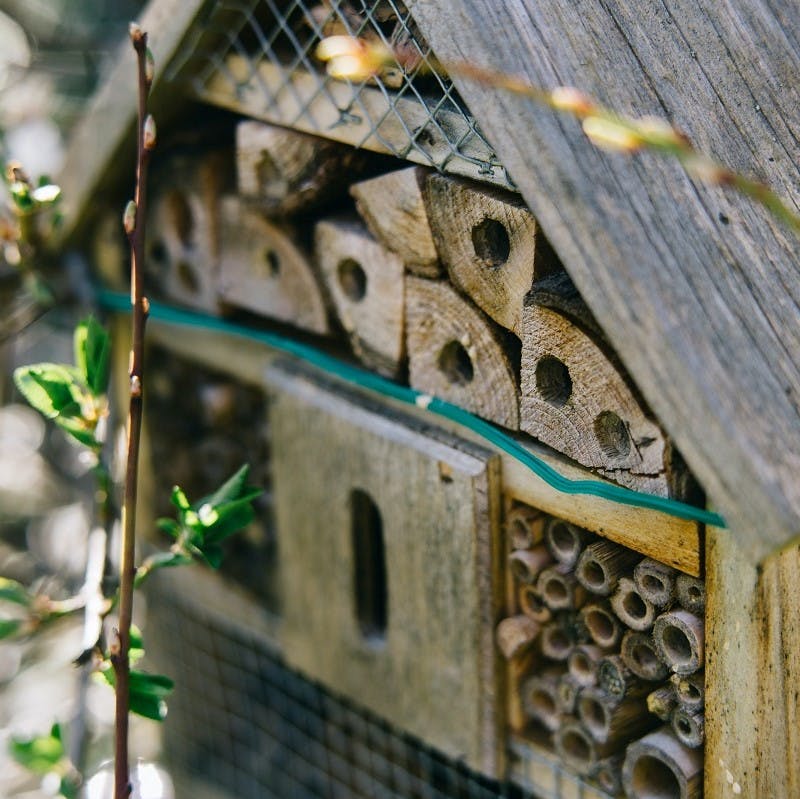
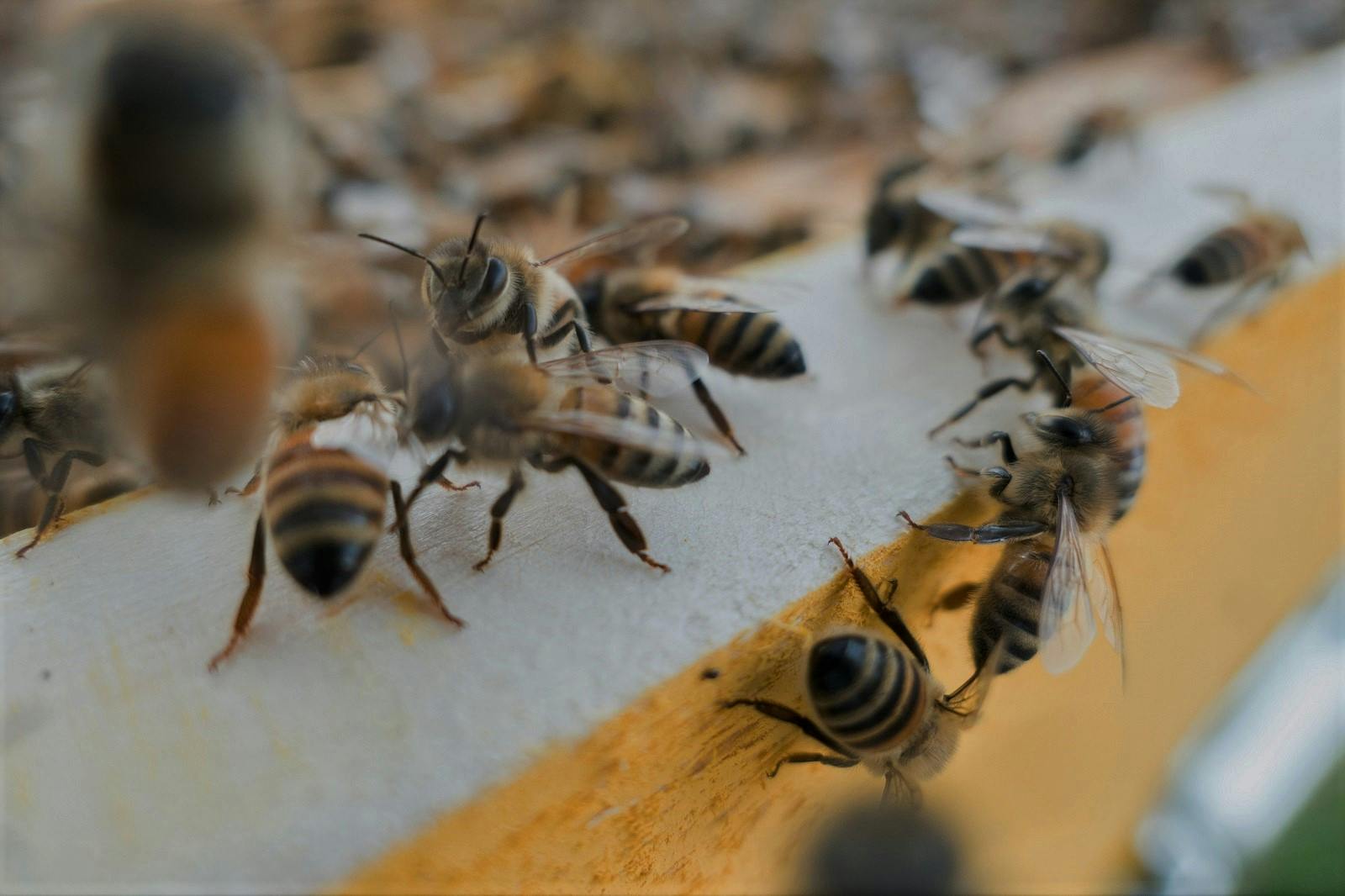

Take action now
Do you want to have a direct impact on climate change? Sir David Attenborough said the best thing we can do is to rewild the planet. So we run reforestation and rewilding programs across the globe to restore wild ecosystems and capture carbon.
Get involved3. Plant for pollinators
Planting for pollinators and rewild your garden, allotment, or even balcony will help honeybees immensely. Bees forage from flowers rich in nectar and pollen, the former contains the sugar they require for energy while the latter provides them essential proteins and oils. When flowers are scarce, bees can starve. Use this plant for pollinators guide to discover which plants (flowers, herbs, shrubs, and trees) to grow, and when they flower. Different bees are active throughout the year, so you’ll need flowering plants from spring to winter.
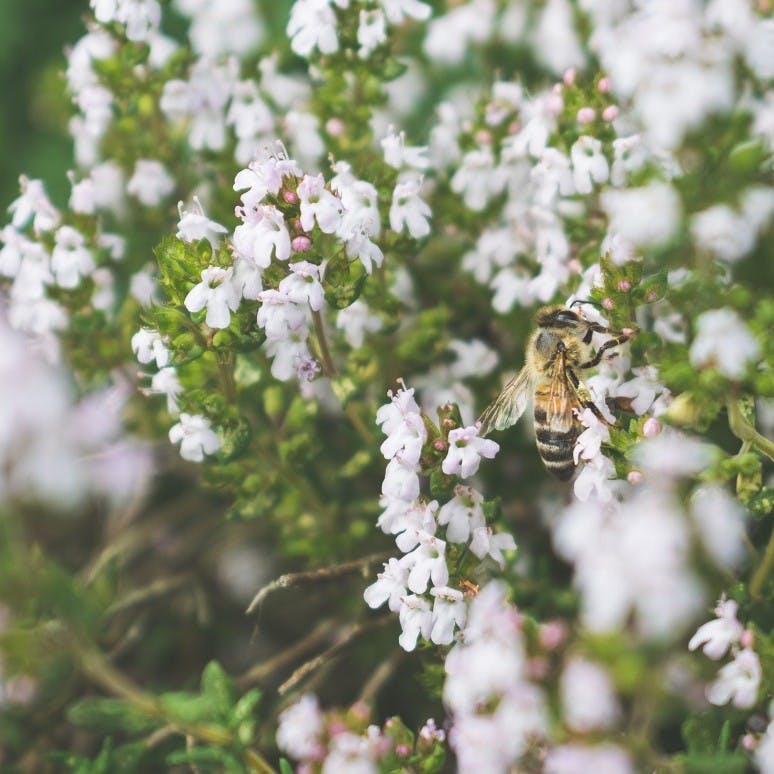
4. Build a beehive
You can make a huge impact on the health of your local ecosystem by starting a beehive. Having your own beehive can help you learn about bee biology, bee ecosystems, and improve the environment around you. Plus, you get the added benefits of bee products such as raw honey and beeswax, as well as the satisfaction and joy derived from working with a hive. Contact your local beekeeping club for more information.
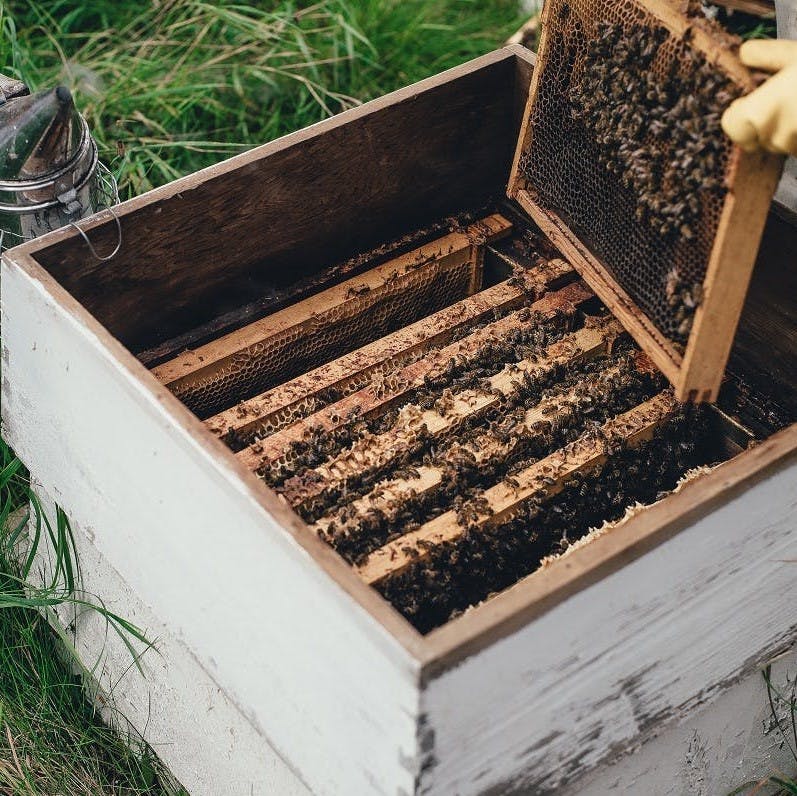
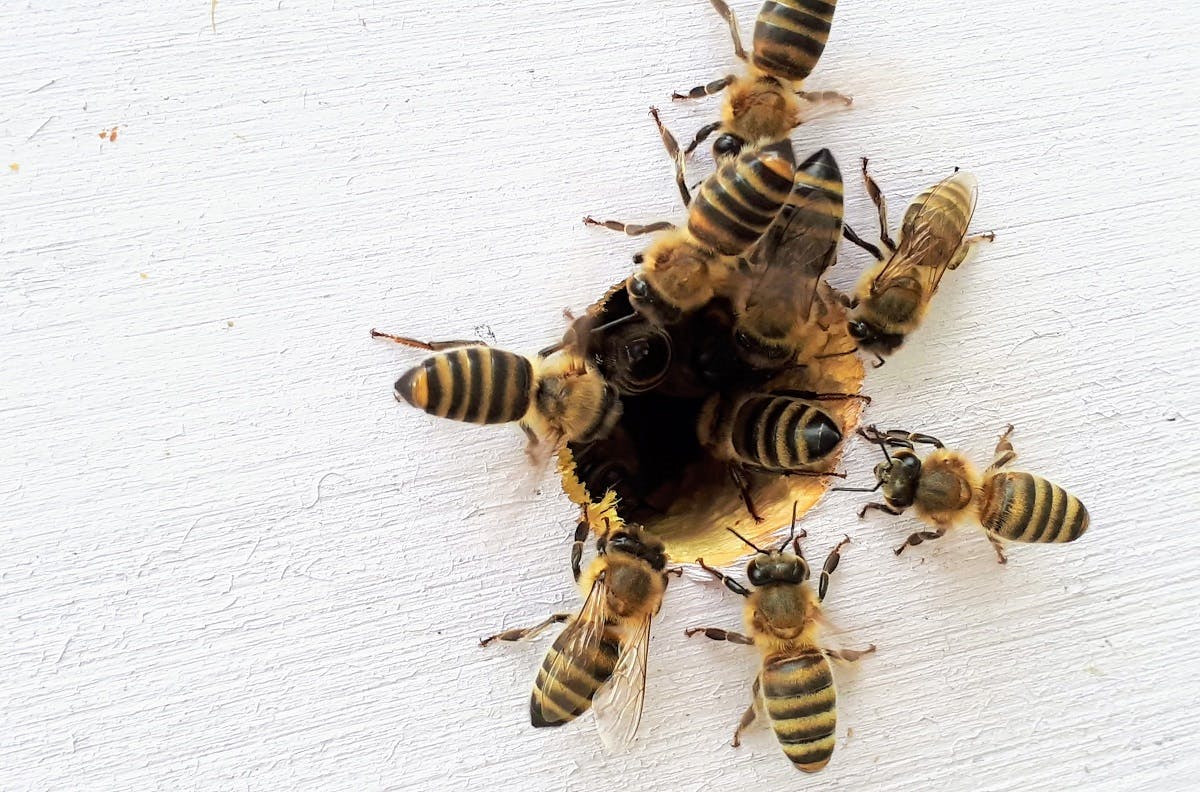
5. Support your local beekeeper
If you’re not ready for a hive of your own, you can indirectly help bees by supporting your local beekeeper. These keepers work hard to nurture their bees and better the local community for bees and humans alike. The easiest way to do this is to buy locally-made honey and beeswax products. Such as soaps, lotions, and candles.

6. Sponsor a beehive
If you’d like a hive but don’t have the time nor space, why not help fund new hive installations? The Honeybee Conservancy in the U.S. and The British Beekeeping Association are working to install stocked honeybee hives and solitary bee homes in communities across the United States and the UK respectively. By sponsoring/adopting a beehive, you aren’t only helping to save the bees, but improving communities – beehives provide training and learning opportunities for both young and old, and the bees can help improve the local ecosystem. Such sponsorship programs provide bees and equipment to help people safely set up, maintain and observe such on-site bee sanctuaries at schools, community gardens, and green spaces.
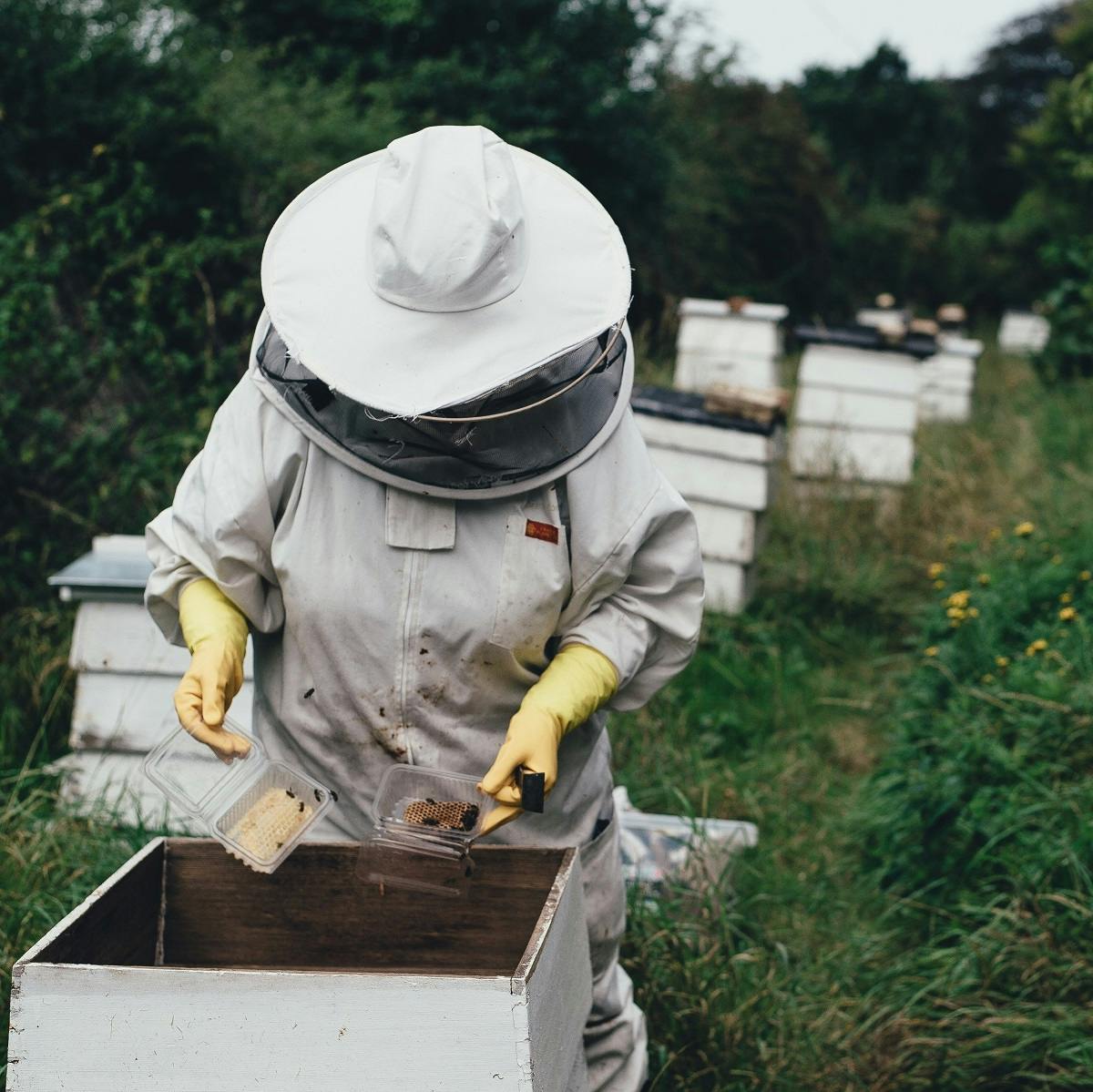
7. Support rewilding projects
Rewilding is vital for pollinator conservation and the conservation of pollinators is vital for the survival of wild plants that support a diversity of wildlife. Unfortunately, three bumblebee species have become extinct in recent decades and the recent European Red List for Bees reports that almost one in ten species of wild bee face extinction. This is due to a combination of agricultural intensification, habitat loss and fragmentation, as well as pesticides and herbicide use. Wildflower meadows, a prime pollinator habitat, have declined by around 97% in the UK since the 1930s. Rewilding can help restore these vital wildflower meadows and support the conservation of bees and other pollinators. Similarly, by supporting populations of pollinators, we can support the reproduction of native wildflowers and help restore this vital habitat. Learn more about Mossy Earth's rewilding projects and the positive impacts our members are making.
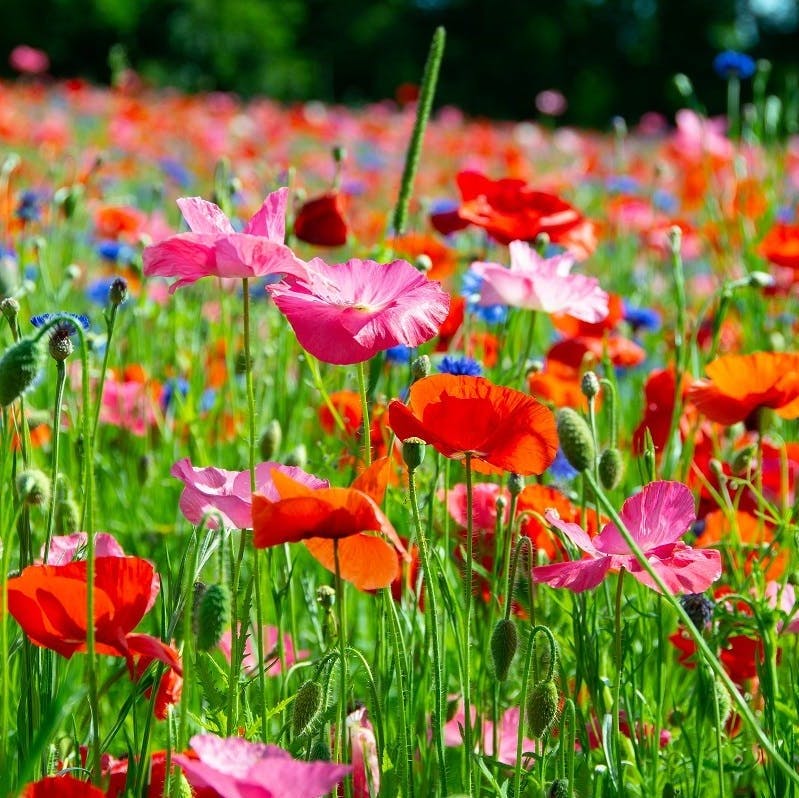
Fast, Furry and (not so) Furious Bee Facts
- There are 20,000 species of bees, In Europe there are around 2,000 bee species with 276 being recorded in the UK alone.
- 90% of bees are solitary bees and live underground. Some are called “Mining bees” for how they burrow to build their underground nests.
- Honeybees along with other social bees have a special place on their legs to hold pollen, known as pollen baskets. Solitary bees do not have this morphological trait so when they fly pollen falls from their legs, pollinating as they go.
- Bees, only sting if they feel threatened and it’s only the female who can sting. The ‘sting’ is really an ovipositor that has seen modification thanks to evolution. Approximately 500 bee species don’t even have a sting.
- Some solitary bees take one year to complete their life cycle. The larva cocoons in the nest over winter eating pollen left by the mother. For the complete picture, see the life cycle of a solitary bee via www.biodiversityireland.ie
- It is estimated that one third of bee populations are at risk of extinction as a direct result of human activity.
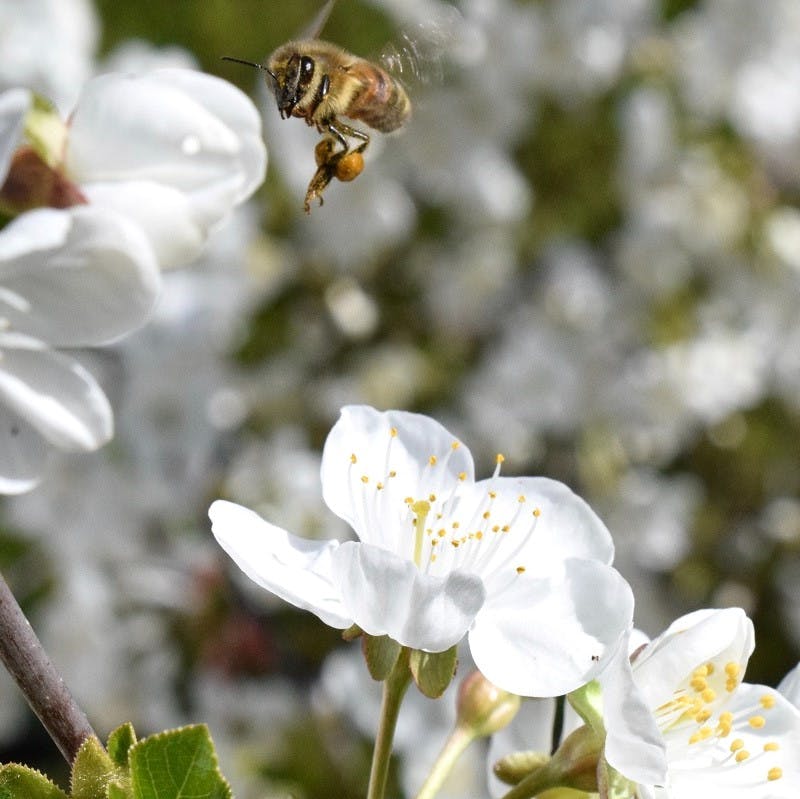
No Bees, No Honey; No Work, No Money
Proverb
Want to learn more about bees & beekeeping?
If you’d like to learn more about bees and/or beekeeping we can recommend the following titles:
Books
The Bee Book: Discover the Wonder of Bees and How to Protect Them for Generations to Come (2016) by DK
Beekeeping: Inspiration and Practical Advice for Beginners (National Trust Home & Garden) (2017) by Andrew T. Davies
A World Without Bees (2009) by Alison Benjamin & Brian McCallum
The bee Manual: The Complete Step-by-Step Guide to Keeping Bees (2015) by Claire Waring & Adrain Waring
World Bee Day 20 May 2021
Bee engaged: build Back Better for Bees is the theme of the fourth United Nations designated World Bee Day and event hosted by FAO on 20 May 2021. Amid the COVID-19 pandemic that has raised concerns over food security, global communities are being called to action to raise awareness of the threats. Join the event to learn more about what is being done to protect our precious pollinators on a global scale.

Sources & further reading

- “25 incredible benefits of gardening” - Happu DIY Home
- “Tips For Planting A Bee Garden At Home” - Backyard Boss
